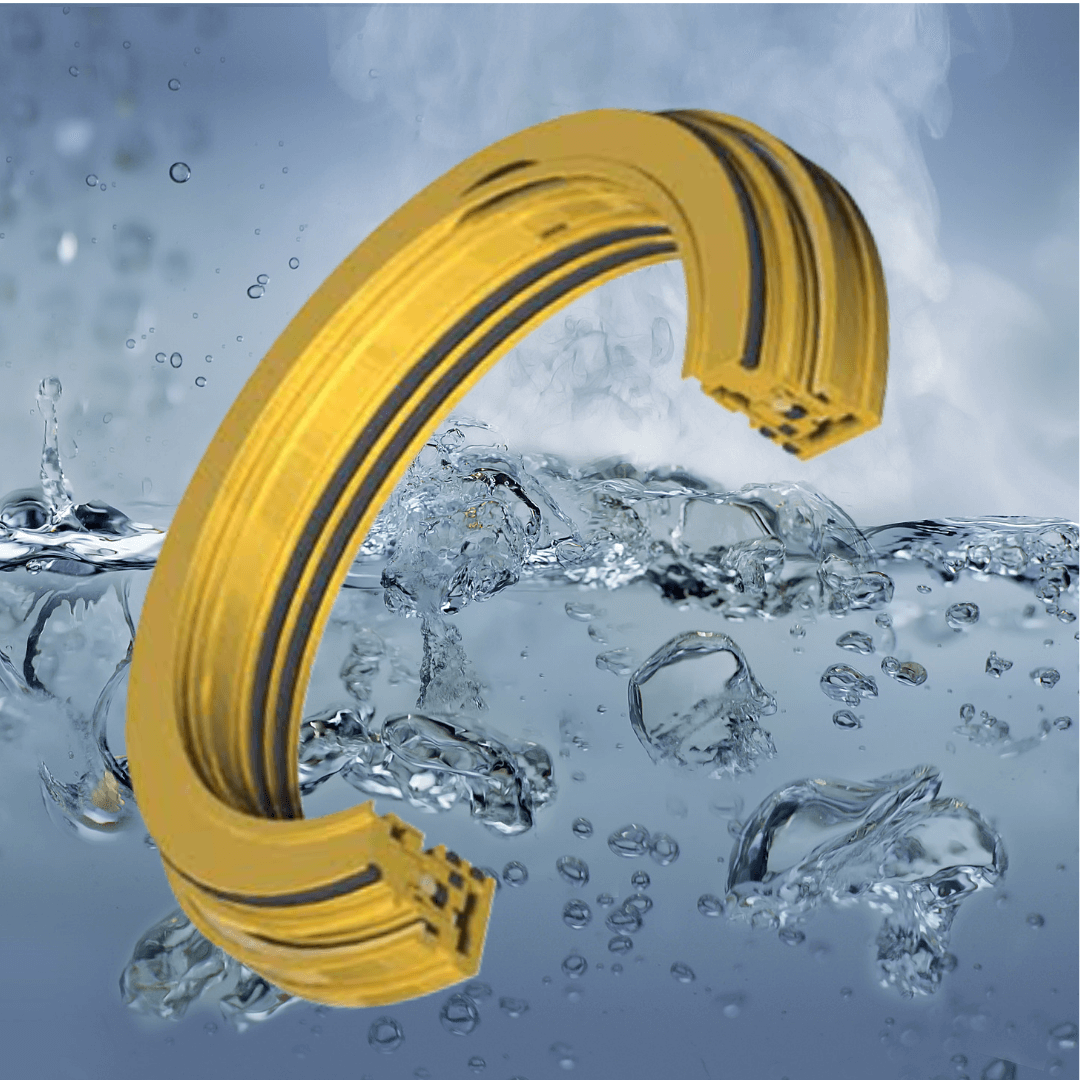Sealing in a cryogenic environment is hard enough, but when it involves fluids that are being stored or processed near their boiling point, it opens up a whole new set of challenges.
In this post, we are going to discuss why this can cause serious (if not catastrophic) problems, what effect it can have on the seals, and how labyrinth seals can help.

Friction and Heat
We know that friction can cause a significant rise in temperature given the right circumstances. When seal surfaces come into sliding contact, there will be some degree of friction present that will generate heat. If that heat is not successfully conducted away, then the liquid being sealed will begin to experience an increase in temperature.
What Happens With Fluids Already Near Their Boiling Point
A major problem arises when the fluid that is being sealed happens to already be at a temperature near its boiling point. If this happens, it can flash into a gas, which in turn causes even more issues. While flashing is usually associated with a sudden drop in pressure, it can also occur with a change in temperature.
Flashing will greatly accelerate seal wear, resulting in premature failure and potentially catastrophic results. The goal, therefore, becomes either to eliminate flashing or render it harmless to the seals.
Where This Can Be a Problem
Flashing to a gas is an issue when dealing with cryogenic fluids. Many times, such as when cryogenic fluids are being transported, they are stored at pressures close to atmospheric and then pumped at a temperature dangerously close to their boiling points. In such situations, a temperature change of just a few degrees can make all the difference. Examples of such fluids include oxygen, hydrogen, argon, and nitrogen.
The Solution: Non-Contact Labyrinth Seals
One of the best solutions to this issue is the use of labyrinth seals. Labyrinth seals are mechanical non-contact dynamic seals that use a maze-like structure to prevent the ingress of contaminants and reduce the egress of the fluids they are sealing. They are commonly used in cryogenic applications.
Due to the way labyrinth seals are designed to function, there is no sliding contact required for sealing. This means that there is no heat generated through due to friction, and therefore the fluids being sealed are better able to remain at a stable temperature. This also reduces wear on the rotating shaft, and they have a significantly longer life because there is no sliding wear on the seal, either.
Conclusion
If you are having issues with seals wearing out too quickly when sealing liquids at cryogenic temperatures, it may be a good idea to check the operating temperatures and pressures involved. There could be a chance that the cryogenically cooled liquid is actually flashing into its vapor state and causing premature wear of the seals. If this turns out to be the case, then your solution may well be a non-contact labyrinth seal.
You may also be interested in these articles:
